You know that moment when you are on the hunt for a new refrigerator, and suddenly, you find yourself face-to-face with two ratings that seem like distant relatives— Starting watts and Running watts.
I'll tell you a secret: those aren't just fancy jargon. They reveal how much power your new device will consume from your generator or electrical system.
It's like dating, where first impressions matter. When swooning over that sleek refrigerator or eyeing a robust air conditioner, starting watts is not the first thing on your mind.
After all, who cares about that initial power surge, right? Here's the kicker: it matters, especially when you throw a generator into the mix.
We will uncover why these numbers should decide what appliances you bring home. Ready for the wattage wisdom? Let's dive in!
What does the power rating in your generator mean?

Canadian homes use just as much energy as an American home. An average American home uses about 10,632 kilowatt-hours of power per year, translating to around 29,130 watts daily.
Now, break it down by the hour, and you have an average of 1,214 watts to keep the lights on throughout the day. These numbers fluctuate with the time of day and your location.
These numbers are also influenced by the starting and running watts of the appliances you use regularly in your home.
The kitchen, for instance, has your refrigerators and freezers. These appliances are turned on for long periods. Sometimes, you turn them on at intervals, but they still use a high starting wattage.
Your microwave uses 600-1,000W; your refrigerator, 300-800W; and your oven, 2,000-5,000W. An alternate power station with 5040Wh capacity will serve your basic household needs.
Starting watts, what does it mean?
Starting watts are also referred to as surge watts. They are the first “surge” of energy when you flip the generator's switch.
Think of it as the strength your generator must summon within the first two or three seconds of its power performance.
Some appliances, especially the power-hungry giants like air conditioners, demand extra “oomph” of starting watts.
If you fail to factor in the surge watts of these heavyweight appliances, you’ll find yourself in the dark, quite literally.
The generator was caught off guard and struggled to power up these appliances. This leads to a potential breakdown. Worst-case scenario, the power overload sends your generator into meltdown mode.
Running watts, what does it mean?
Once the show begins, running watts take center stage. Running watts denote the continuous power consumption of your appliances while they're in the limelight.
This power is also known as the rated watt. It's the consistent energy needed to keep the refrigerator humming, the lights shining, and the TV playing seamlessly.
If the starting and running watts aren't in harmony, chaos ensues. The capacity of a generator to handle these power demands dictates its performance.
How to calculate the starting and running energy requirements of your appliances
It’s safe to say that the energy requirements of your home appliances are not all the same. Running and starting watts requirements vary for each device.
Some devices require no surge power to start, while others need more than double their operating wattage to initiate.
Calculate the total starting and running watts it can provide to accurately determine the generator's AC output. Follow these steps for a precise estimation:
Step 1: Identify the wattage requirements of your appliances
Survey the starting and running wattage requirements labeled on the appliances or devices you intend to connect to the generator.
Step 2: Convert Volts/Amps to Watt
If the power requirements are in volts or amps, use the formula
Volts (V) x Amps (A) = Watts (W) to calculate running watts.
Here is a table illustrating typical household appliances' starting and running watts.
|
Starting and Running Watts of Typical Household Appliances |
||
|
Appliance |
Starting“Surge Watts” |
Running “Rated Watts” |
|
Refrigerator/Freezer |
2200 |
600 |
|
Air Conditioner (1o,000 BTU) |
2200 |
1500 |
|
Circular Saw (7 I/4") |
1400 |
1200 |
|
Dishwasher |
1800 |
1200 |
|
Microwave |
0 |
600-1000 |
|
Washing Machine |
2300 |
1300 |
|
TV |
0 |
500 |
|
Vacuum |
2550 |
1440 |
|
Coffee Maker |
0 |
1000 |
|
Toaster Oven |
0 |
1200 |
|
Dryer |
7000 |
5400 |
|
Blender |
800 |
300 |
|
Clothing Iron |
0 |
1500 |
|
Curling Iron |
0 |
1500 |
|
Space Heater |
0 |
2000 |
|
Light bulb |
0 |
60-75 |
Step 3: Count the Running Watts of your appliances
Add up the running watts of all the devices you plan to use. Ensure that the total does not exceed the running watts listed on your generator.
If it does, consider purchasing a generator with a higher output capacity.
Step 4: Factor in starting watt requirements
Identify the appliance with the highest starting wattage. Add this value to your total running wattage.
Step 5: Calculate your total sum
The ultimate figure represents the aggregate initial wattage your generator is mandated to supply. It is imperative to ascertain that this numeral does not eclipse the generator's rated capacity for starting watts.
How to select the right generator for your needs

In the realm of your generator's capabilities, it should effortlessly encompass the apex of power requisition during its commencement phase. Moreover, it is crucial to guarantee that the generator endows a consistent power output for protracted operations.
For example, if the total running watts of your appliances sum up to 3000W and the highest starting wattage is 1500W, opt for a generator with a capacity that exceeds these values.
This ensures the generator handles the initial power surge and consistently supplies power without straining its capabilities.
Selecting a generator with insufficient capacity leads to performance issues. If the generator's output is lower than your appliances' combined starting and running watts, it may need help to power them effectively.
This results in frequent disruptions decreased efficiency, and potential damage to the generator and connected devices.
On the other hand, while choosing a generator with excessive capacity might seem beneficial, overpowered generators pose their own challenges.
Operating a generator significantly below capacity leads to inefficient fuel consumption, increased operational costs, and unnecessary wear and tear.
Larger generators are also bulkier and often louder, so many people are opting for solar generators.
Striking the right balance is key. Aim for a generator with a slight buffer above your total starting and running watts.
This ensures a margin of safety, preventing overload issues and optimizing the generator's performance.
Frequently Asked Questions
1. Can I use running watts for startup?
Yes, you can. BUT DON’T! Using running watts to power the startup of appliances designed for a surge in power can lead to various issues.
While running watts represent the continuous power needed for stable operation, they fall short during the initial moments when appliances draw a higher surge of electricity.
Appliances with electric motors, like refrigerators, air conditioners, and power tools, require a momentary power surge to initiate their operation.
Attempting to use only the running watts results in the following problems:
- Voltage drop;
- Appliance malfunction;
- Generator Overload.
2. What happens if I exceed the starting watts?
Generators are designed to handle continuous power needs (running watts) and momentary surges during startup (starting watts).
When starting watts are consistently underestimated, the generator must operate near or beyond its capacity during every startup.
The potential consequences on your generator's lifespan include:
- Overheating
- Increased wear and tear
- Higher Maintenance Costs
3. Can I run appliances below their running watts?
While it's possible to run appliances below their running watts, it comes with certain considerations related to efficiency.
Appliances are designed to operate optimally at their rated running watts. Running them below this level might lead to decreased efficiency, affecting the performance and, in some cases, the appliance's lifespan.
Certain appliances only operate as intended when receiving minimal requisite power, particularly those featuring motors. This can lead to diminished efficiency or even inflict harm upon the appliance over an extended duration.
Utilizing your appliances with reduced wattage also engenders voltage oscillations, affecting the stability of your electronic apparatus and disrupting functionality.
Conclusion

As we have already discussed, you must consider each appliance's power needs within your home.
How many starting watts do you need in a day? How many running watts do you need to sustain your appliances every day?
You must consider these things when looking for an alternate and efficient power supply.
We have got you covered if you need help figuring out your power consumption and requirements. Our expertise will guide you in selecting the right generator, ensuring a seamless and efficient power experience.

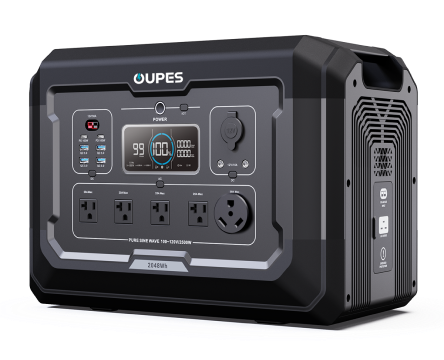
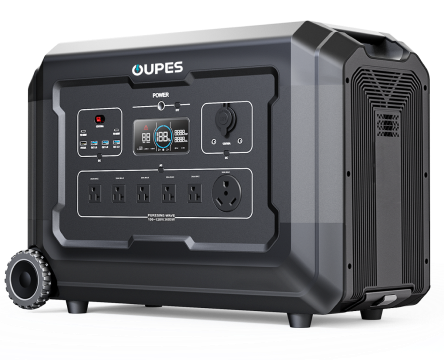
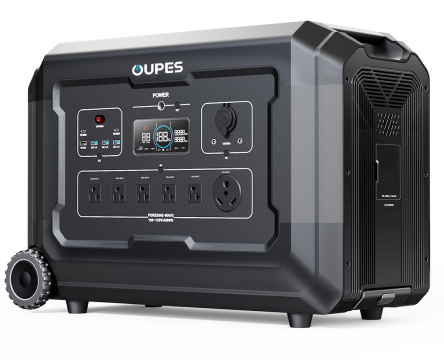
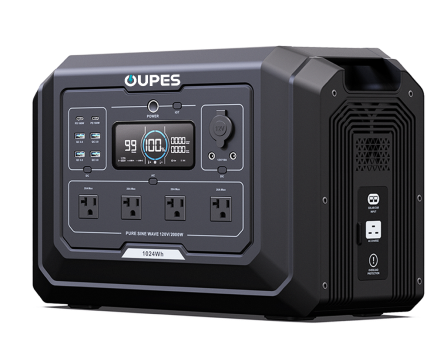
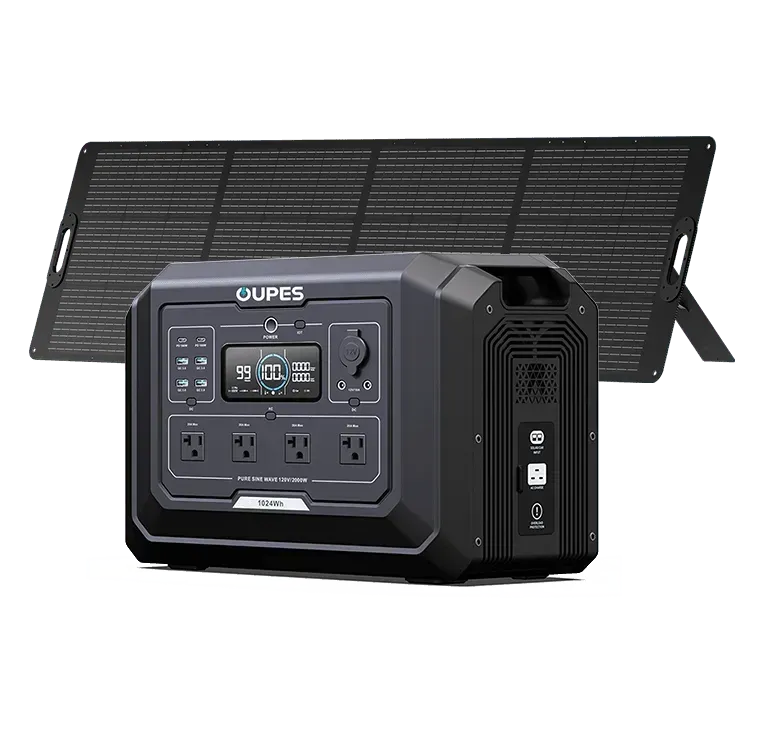
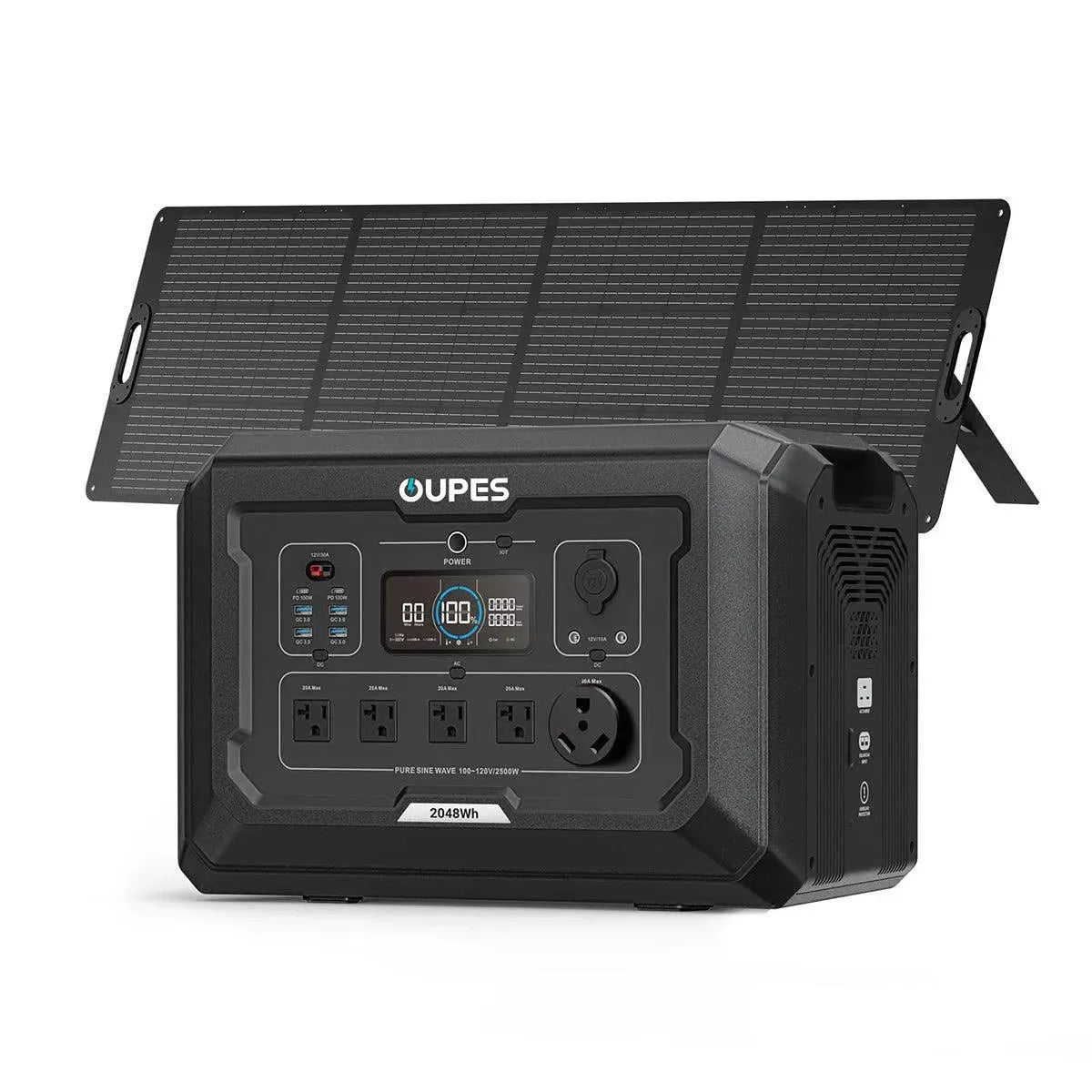
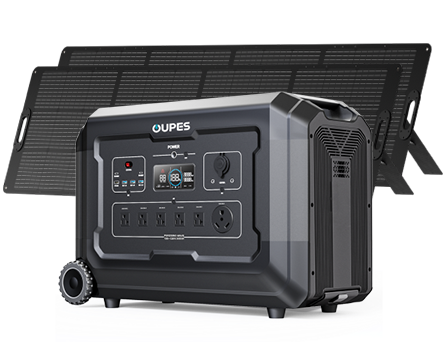
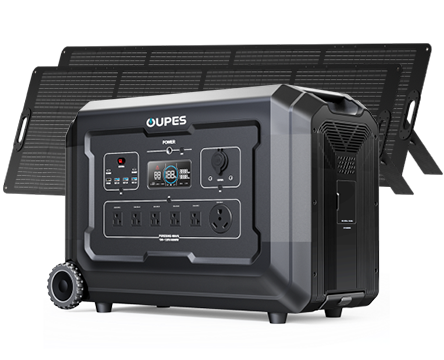
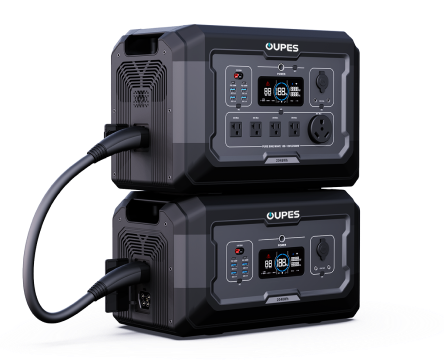
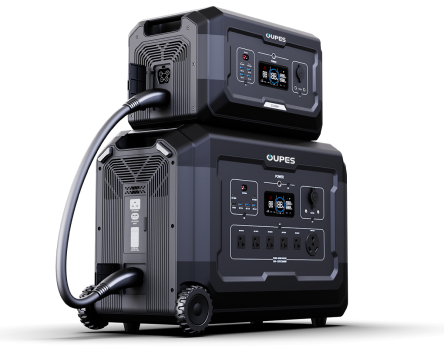
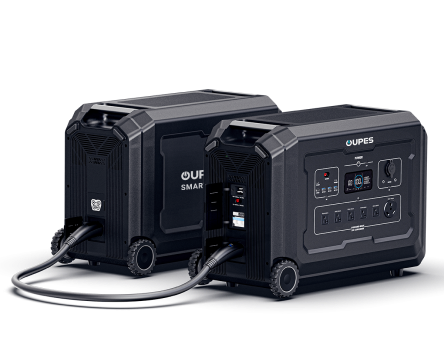
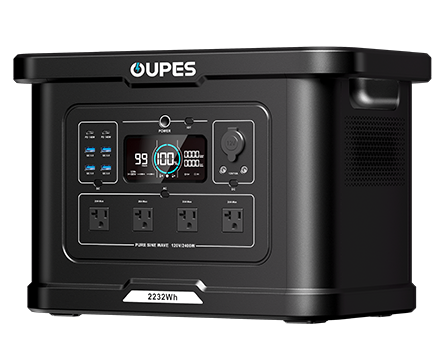
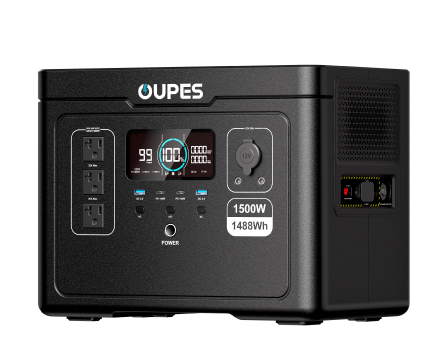
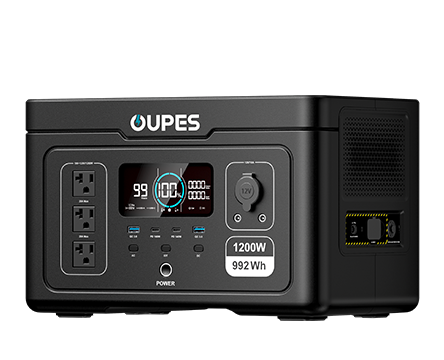
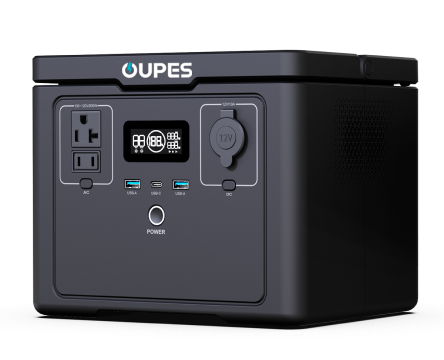
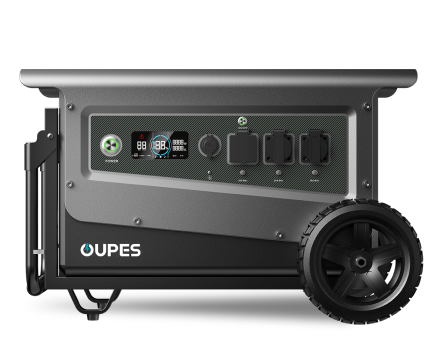
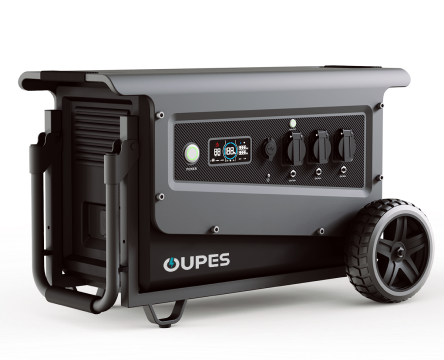
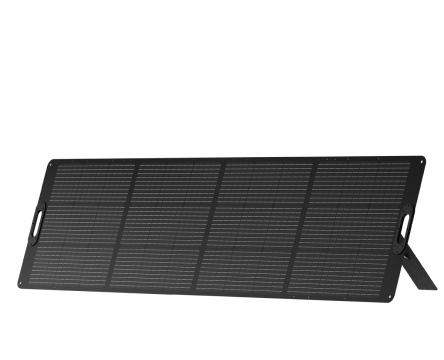
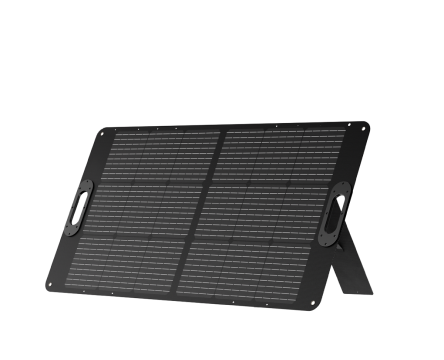
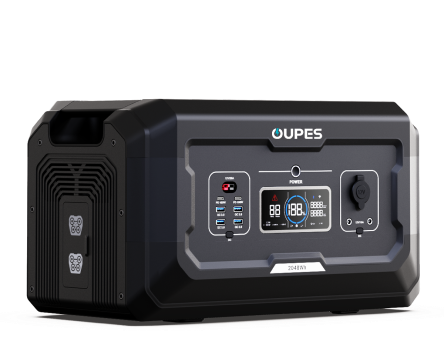
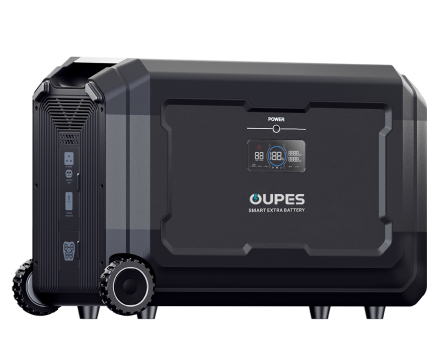
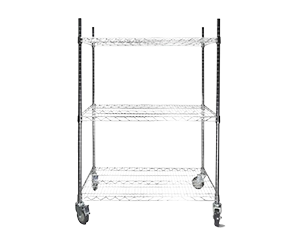
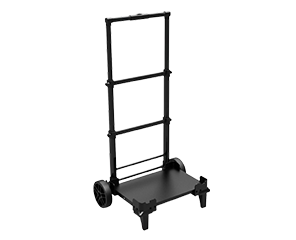
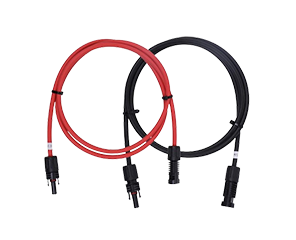
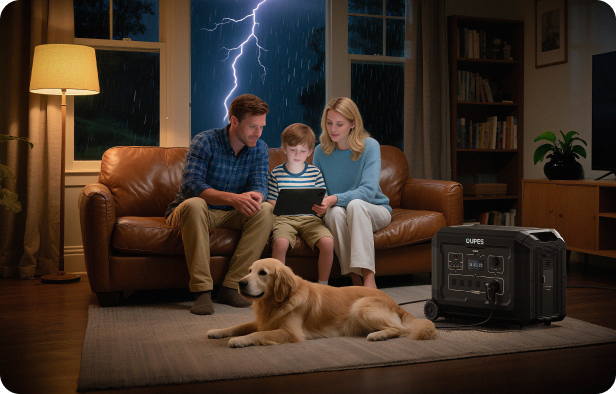
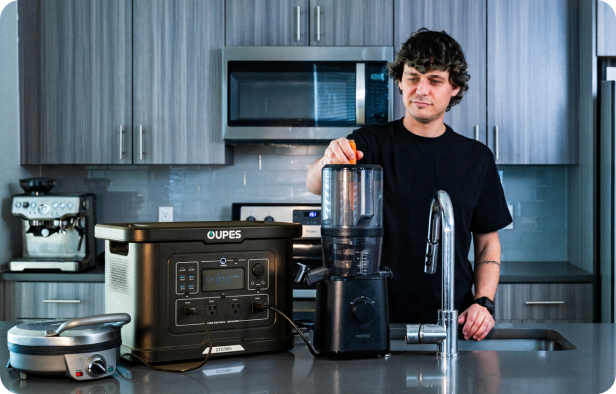
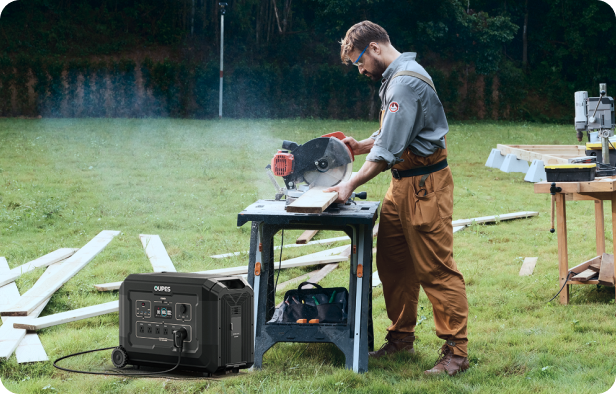
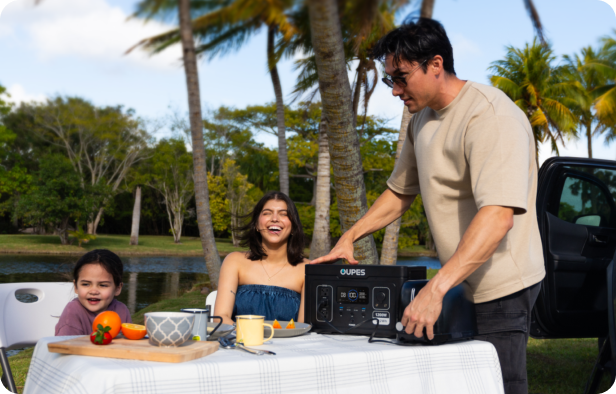



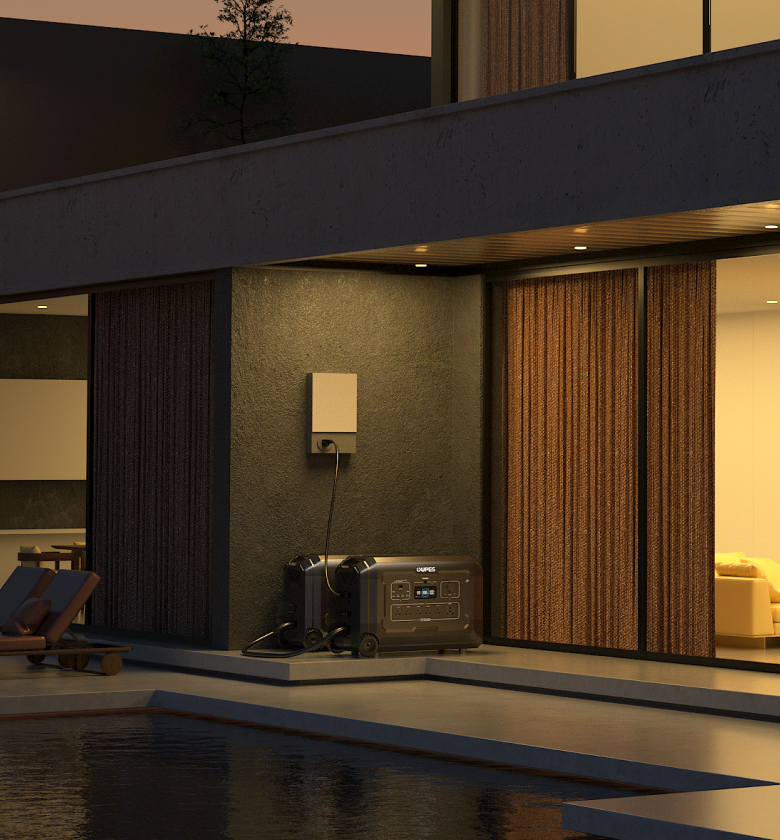
Leave a comment
This site is protected by hCaptcha and the hCaptcha Privacy Policy and Terms of Service apply.